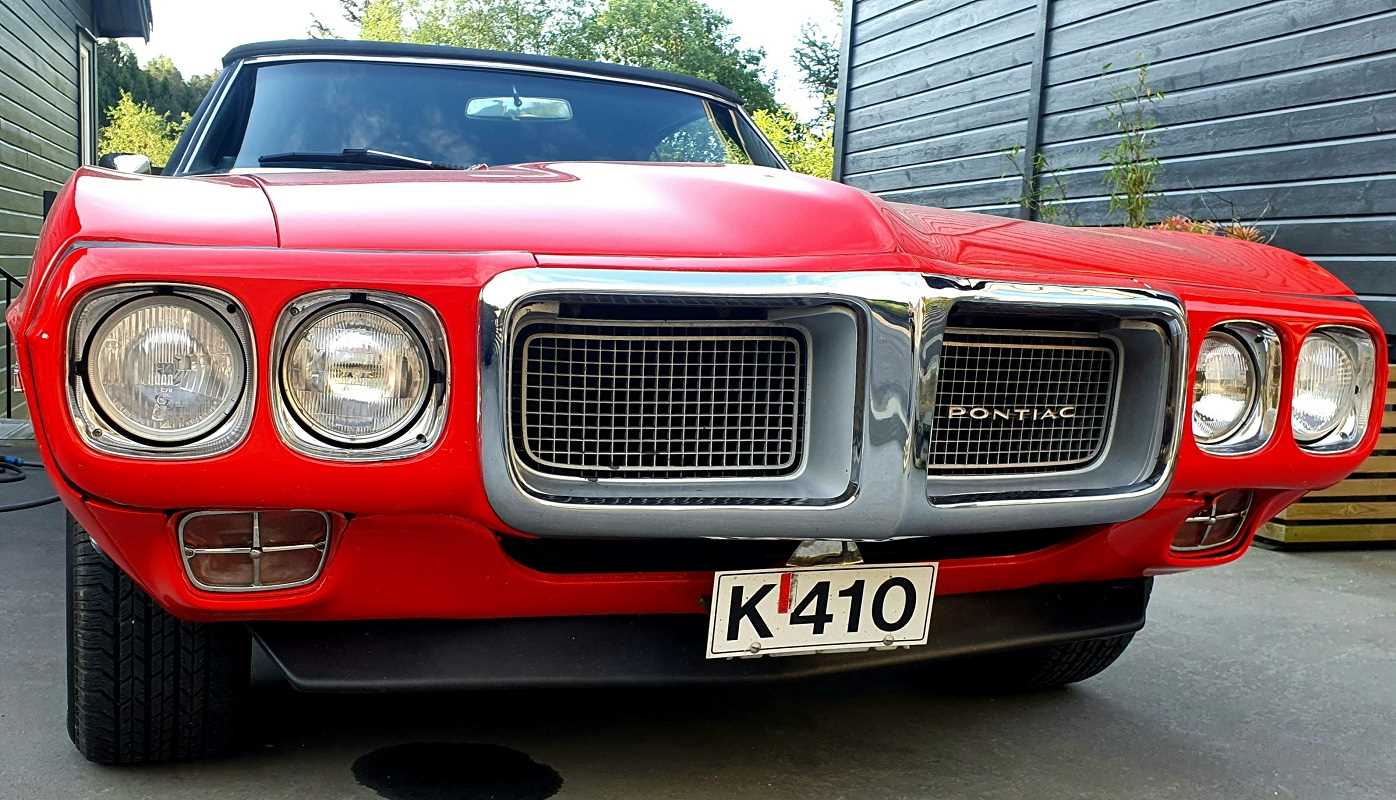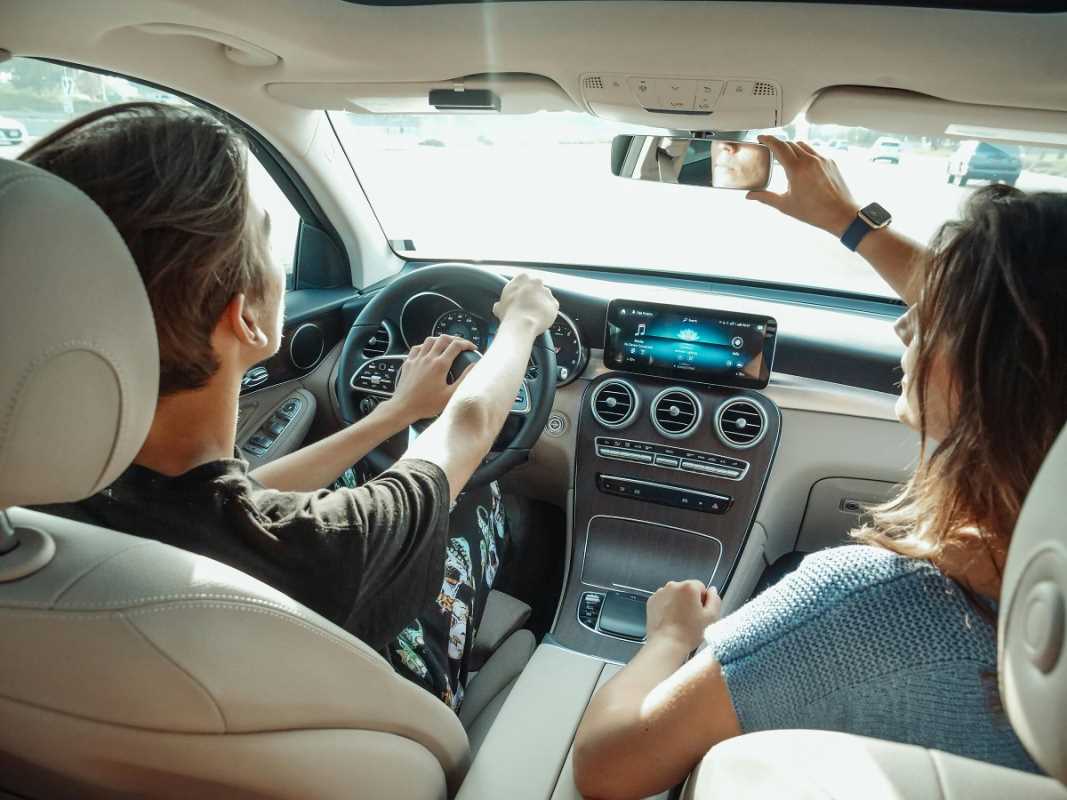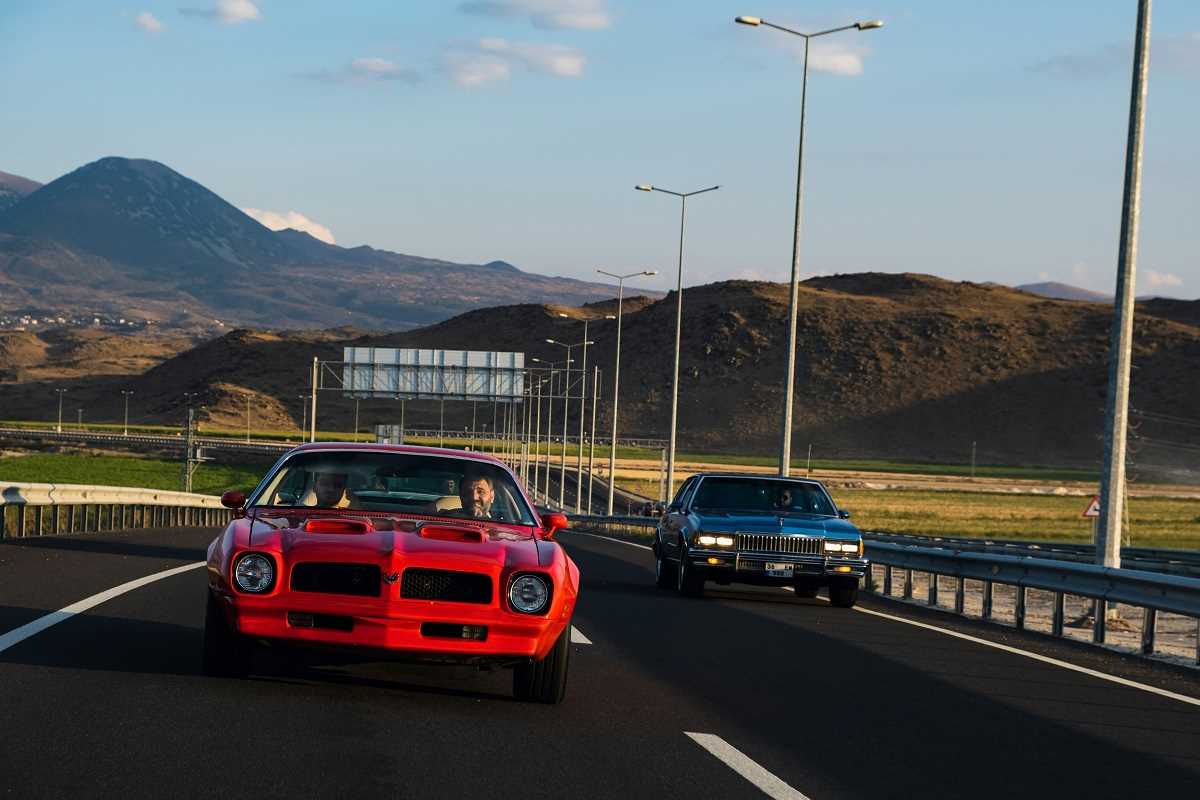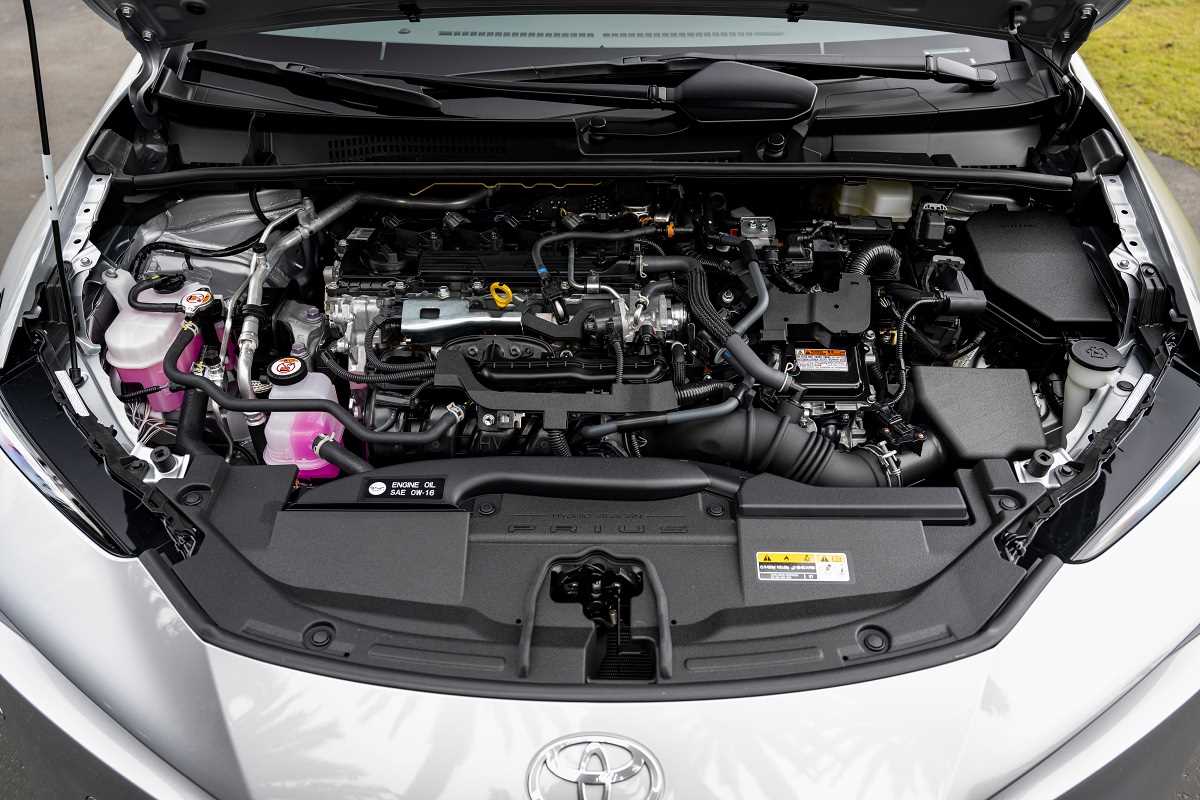The automotive world is rich with evolution. Cars come and go, leaving behind a trail of innovations, memories, and cultural significance. While many vehicles slip away unnoticed, some reach legendary status, defining the era they were born into and leaving an enduring legacy. Discontinued cars, particularly those shaped and adored over decades, are often more than vehicles—they are icons of progress, nostalgia, and identity. Here is a look at unforgettable discontinued cars that were wildly popular, shaped their eras, and continue to inspire long after their production ceased.
The Ford Model T – The Game-Changer
No discussion of automotive history is complete without the Ford Model T, often credited with putting the world on wheels. Launched in 1908 by Henry Ford, the Model T was designed to be affordable, durable, and easy to operate. Before its arrival, automobiles were luxury goods reserved for the elite. The Model T democratized car ownership, changing how people lived, traveled, and worked.
Unique Features and Cultural Impact
The Model T’s biggest contribution was its innovative assembly line production. This method drastically cut manufacturing costs, making the car accessible to the average American family. It was also dependable and versatile—it could handle rough roads and was simple enough that owners could perform repairs with basic tools.
The car’s influence extended beyond practicality. It symbolized a new era of mobility, connecting rural areas to cities and enabling economic opportunities. Selling over 15 million units before its discontinuation in 1927, the Model T became a cultural icon of progress and modernity.
Why It Was Discontinued
By the late 1920s, increasing competition and evolving consumer preferences spelled the end for the Model T. While revolutionary, it failed to adapt to changing tastes for more stylish and powerful cars. Ford shifted gears to introduce the Model A, but the Model T’s legacy remains as the car that fundamentally transformed transportation.
The Volkswagen Beetle – The Counterculture Icon
From humble beginnings in 1938 to global fame by the 1960s, the Volkswagen Beetle is one of the most beloved cars of all time. Originally devised as an affordable people’s car in Nazi Germany, the Beetle reached international audiences after World War II, where it became synonymous with simplicity, reliability, and charm.
Iconic Design and Popularity
The Beetle’s compact, curvaceous design made it instantly recognizable. Its rear-engine, air-cooled configuration was novel at a time when most vehicles followed a front-engine, water-cooled blueprint. Practicality was another hallmark of the Beetle—its simple yet durable mechanics made it a reliable vehicle for decades.
During the 1960s, the Beetle’s popularity surged, fueled by its affordability, quirky personality, and association with the counterculture movement. From the flower-power generation to families seeking economical transport, the Beetle had universal appeal. It even became a Hollywood star, starring in the Herbie film series.
End of Production
Despite updates like the New Beetle introduced in 1997, the original Beetle’s charm couldn’t keep up with modern tastes. Volkswagen ended production of the Beetle in 2019. Yet, its status as a cultural icon remains untouched, influencing design trends for compact cars and maintaining its charm among vintage car enthusiasts.
The Pontiac Firebird – Muscle Car Royalty
The Pontiac Firebird burned brightly from its debut in 1967 until its discontinuation in 2002. Known for its bold performance, aggressive styling, and starring role in American car culture, the Firebird became a symbol of the muscle car era. It was Pontiac’s answer to the Ford Mustang and Chevrolet Camaro, carving its niche among performance enthusiasts.
Distinguishing Features and Cultural Role
The Firebird was designed with power and flair. Signature features included its roaring V8 engines and bold styling cues, such as its aerodynamic hood and “screaming chicken” emblem. The Trans Am variant, in particular, pushed the brand’s performance capabilities to new heights.
Culturally, the Firebird became a defining car of the 1970s and 1980s. It gained icon status thanks to its role in Hollywood productions like Smokey and the Bandit and Knight Rider. A Firebird wasn’t merely a car—it was a statement of individuality, power, and rebellious spirit.
Why It Was Discontinued
Like other muscle cars, the Pontiac Firebird faced challenges with rising fuel costs and stricter emissions regulations. By the late 1990s, declining sales and Pontiac’s waning influence led to its demise in 2002. When the Pontiac brand itself was discontinued in 2010, the Firebird’s legacy as a muscle car great became even more poignant.
Plymouth Barracuda – An Underdog with Bite
Another muscle car iconic to its era is the Plymouth Barracuda, affectionately known as the ’Cuda. Introduced in 1964 and produced until 1974, the Barracuda didn’t just join the muscle car fray—it introduced a rebellious, edgy personality to the genre.
Features That Made Waves
One of the first compact muscle cars, the Barracuda stood apart with its bold fastback design and powerful performance options, including the revered HEMI V8 engine. Later models emphasized sleek, angular styling and out-of-this-world colors like Plum Crazy purple and HEMI Orange, embodying the boldness of 1970s car culture.
Despite initial competition from Detroit heavyweights like the Ford Mustang, the Barracuda built a loyal following for its raw performance. It became a favorite of drag racers and car enthusiasts who valued its blend of speed and striking aesthetics.
The Decline of the Barracuda
The rise of fuel-efficient imports and tightening regulations for emissions spelled trouble for the muscle car segment by the mid-1970s. Along with declining sales, Plymouth itself struggled to remain viable. The Barracuda was discontinued in 1974. Today, it enjoys legendary status among collectors and muscle car aficionados.
Studebaker Avanti – Ahead of Its Time
Produced by Studebaker from 1962 to 1963, the Avanti may have had a short run, but its forward-thinking design and advanced engineering left a lasting imprint. Heralded as a “car of the future,” the Avanti was a bold play from a company on the brink of collapse.
Innovative Features
The Avanti incorporated fiberglass construction, streamlined aesthetics, and cutting-edge safety technology, including seatbelts and a roll bar, which were not yet standard at the time. With its supercharged engines, it became one of the fastest cars in the world during its production period, setting records at Bonneville Salt Flats.
Why It Was Discontinued
Despite its innovation, the Avanti couldn’t save Studebaker from financial distress. The company ceased U.S. production in 1964. However, the Avanti’s innovative features inspired future automotive designs. It’s also celebrated today as a rare gem for collectors intrigued by its audacity and avant-garde style.
Lessons and Nostalgia
The Ford Model T, Volkswagen Beetle, Pontiac Firebird, Plymouth Barracuda, and Studebaker Avanti represent more than cars—they reflect the aspirations, passions, and challenges of the eras they defined. Each vehicle tells a story of adaptation and creativity in a dynamic industry.
Nostalgia keeps these icons alive, with car enthusiasts restoring, collecting, and celebrating their legacy. Whether it’s a Beetle rolling through a car show or a Firebird roaring down a highway, these cars remind us of innovation’s power to inspire.
Their stories underscore key lessons for the automotive world—that change may be inevitable, but enduring value comes from boldness, authenticity, and a connection to drivers’ hearts. These cars may have left production lines, but their significance continues to drive the imagination of car lovers everywhere.
 (Image via
(Image via

.jpg)



